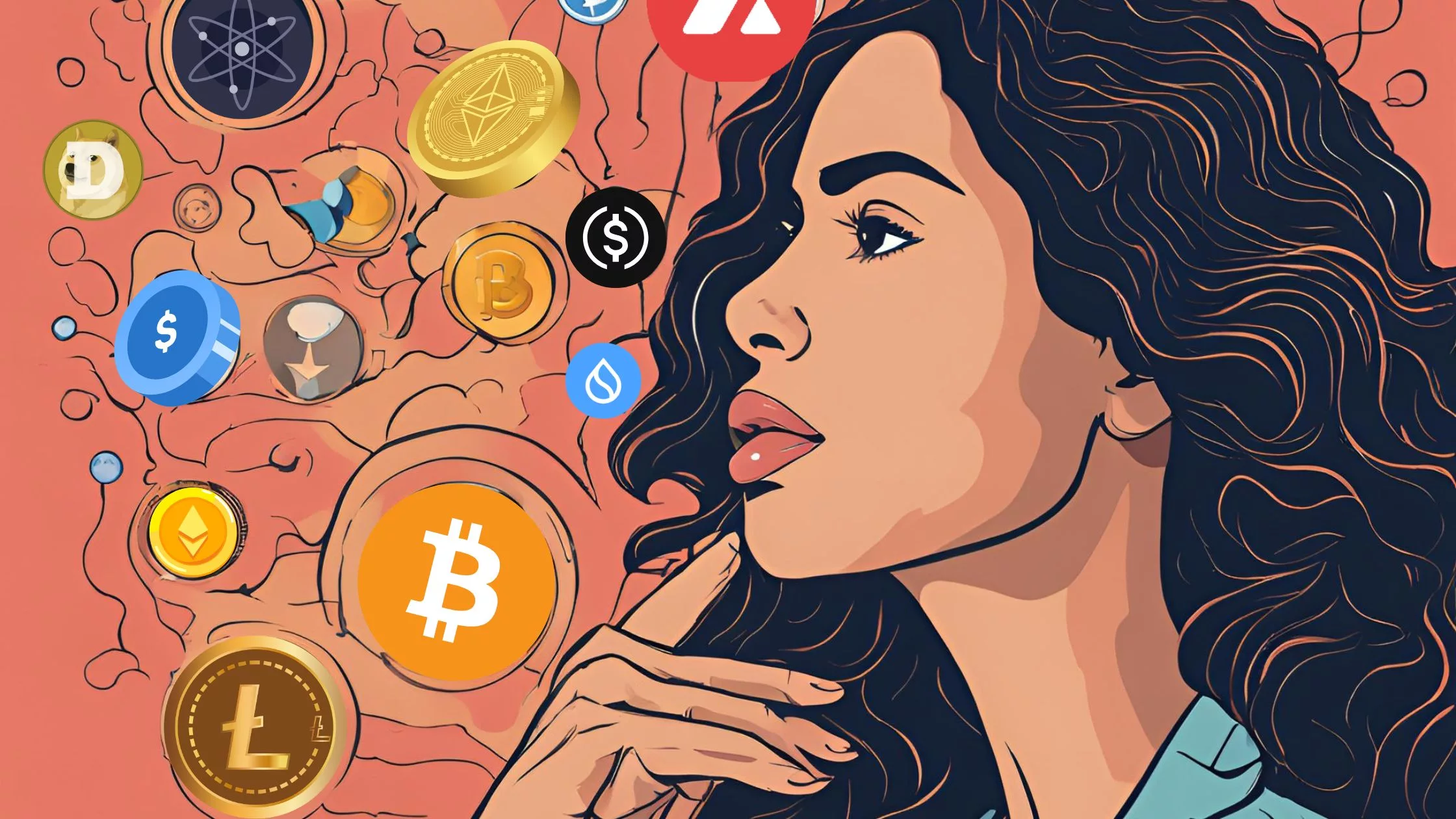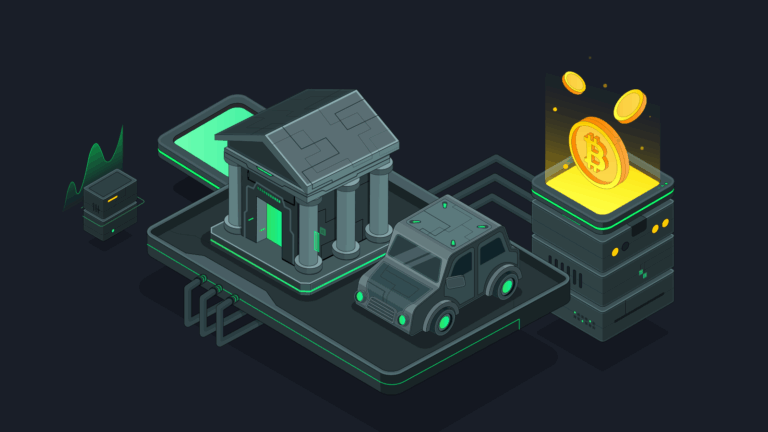
Crypto isn’t just for traders, techies, or finance bros anymore. In 2025, millions of people use cryptocurrencies and blockchain apps daily—for things as ordinary as buying groceries, sending money to family, or getting paid for work.
Forget the charts and jargon. Let’s look at how crypto is quietly powering real life around the world.
Getting Paid in Crypto
Freelancers and remote workers
On platforms like Braintrust, Deel, and TalentLayer, freelancers get paid in USDC or stablecoins. No banks, no delays, no insane international fees.
A developer in Nigeria can finish a project for a client in Canada and get paid instantly, directly to their crypto wallet.
Content creators
Creators on platforms like Mirror, Sound.xyz, or Farcaster monetize content through tips, tokens, or NFTs. Some earn more in a week from their fans via crypto than from a month of YouTube ad revenue.
And because it’s on-chain, no middleman can take a cut—or ban them.
Sending Money Across Borders
Remittances without Western Union
Millions of migrant workers now use crypto to send money back home. Instead of paying 7–12% in fees, they use wallets like Bitnob or Strike, sending USDT or BTC across the Lightning Network.
In countries like El Salvador or the Philippines, people pick up crypto at ATMs, mobile agents, or even convenience stores.
It’s faster, cheaper, and way more reliable than traditional remittance channels.
Shopping and Spending
Paying with crypto IRL
More stores now accept crypto—either directly or via payment apps that convert it instantly into fiat.
Examples:
- Buy coffee at a local café with BTC over Lightning
- Book travel through Travala using crypto
- Pay subscriptions on platforms like SatsBack and Bitrefill
With the rise of Visa crypto debit cards (from Coinbase, Crypto.com, Binance), users can spend stablecoins like regular money.
Gift cards and everyday essentials
Even in places that don’t accept crypto directly, people use platforms like Bitrefill to buy gift cards with BTC or USDC. Think Amazon, Uber, Airbnb, groceries, gas.
Saving and Earning
Stablecoins as an alternative to bank savings
In countries with unstable currencies, people hold their savings in USDC or USDT, accessed via mobile wallets like Valora, Trust Wallet, or Binance Pay.
Instead of watching their local currency lose value, they preserve purchasing power—and even earn small yields via DeFi or platforms like Aqru or Ledn.
Earning yield through DeFi
Some use protocols like Aave, Compound, or Maple Finance to lend stablecoins and earn interest.
Yes, it’s riskier than a bank. But in places with no banking access, even 4% APY on USDC is life-changing.
Identity, Education, and Proof
Blockchain credentials
Students on platforms like LearnWeb3 or RabbitHole earn NFTs as proof of completing courses.
These NFTs serve as diplomas—verifiable, unforgeable, and visible to future employers.
Decentralized ID (DID)
Projects like Worldcoin, Polygon ID, and BrightID provide users with a unique, verifiable identity without relying on a government-issued document.
That’s a big deal for the billions of people without formal ID—especially in developing countries.
Real-World Case Studies
Venezuela: Crypto as survival
With hyperinflation destroying the bolívar, Venezuelans turned to USDT on Telegram bots to store value, pay for goods, and receive remittances.
Even small vendors accept crypto—out of necessity, not trendiness.
Argentina: Crypto vs currency collapse
Argentinians use DAI or USDC to escape peso devaluation. Many businesses pay employees partially in crypto. It’s faster and more stable than the national banking system.
Kenya: Bitcoin for business
Motorbike taxi drivers use Lightning wallets to accept payments. Farmers trade goods using stablecoins. Local NGOs pay volunteers in crypto instead of unreliable cash transfers.
What’s Holding People Back?
Education gap
Crypto still confuses many. Wallets, keys, seed phrases—it’s intimidating. Mass adoption requires better UX and education.
Internet access
Some regions still lack reliable connectivity or smartphones. Crypto won’t reach everyone until those barriers drop.
Regulatory fear
In many countries, crypto is misunderstood or under threat. People worry about crackdowns, frozen assets, or unclear tax rules.
The Path Forward
Despite challenges, real-world crypto use is rising. It’s not about speculation—it’s about:
- Access
- Autonomy
- Efficiency
- Inclusion
As crypto tools become easier, safer, and more integrated into daily life, we’ll stop saying “crypto user” altogether.
They’ll just be users.







